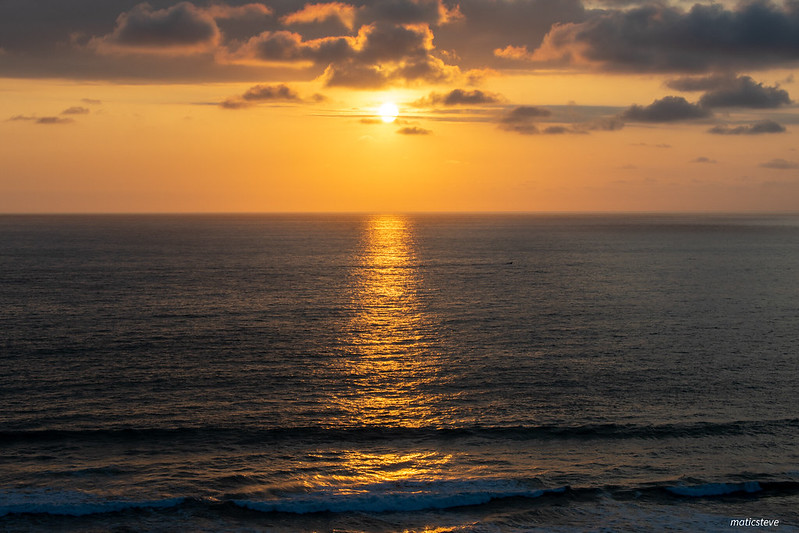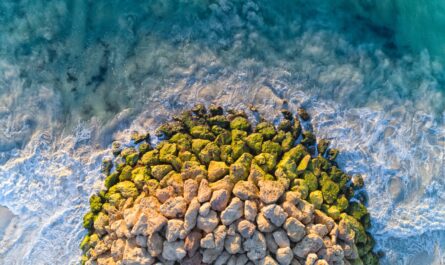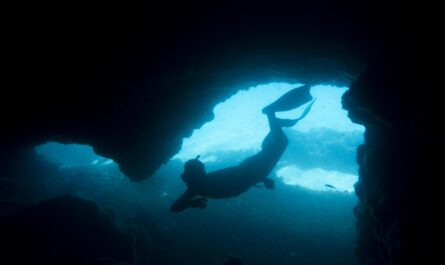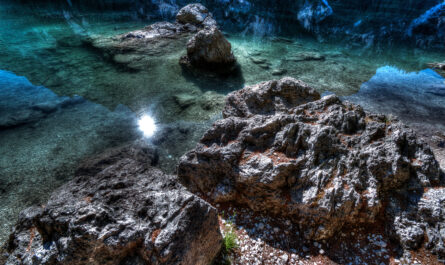The Pacific Blue Foundation (PBF) is a symbol of hope for the oceans, spearheading initiatives that blend science, community empowerment, and innovative solutions. With a mission to preserve marine biodiversity and support coastal communities, PBF addresses some of the most pressing environmental issues of our time. This comprehensive article explores the foundation’s journey, initiatives, and impact.
1. The Genesis of Pacific Blue Foundation
The story of the Pacific Blue Foundation begins with a simple yet profound realization: the health of the oceans is inseparable from the health of our planet. Oceans regulate climate, provide oxygen, and support millions of species, including humans. Recognizing this, PBF was established to restore harmony between human activity and marine ecosystems.
A Vision for Change
PBF’s founding principles reflect its commitment to transformative impact:
- Holistic Approach: Tackling conservation through integrated solutions involving research, community engagement, and sustainable practices.
- Global Collaboration: Partnering with organizations worldwide to amplify its reach and effectiveness.
Key Milestones in Establishment
- Early Projects: Focused on restoring coral reefs in the Pacific Islands, where biodiversity was under immediate threat.
- Community Outreach: Initial efforts included workshops in Fiji and Papua New Guinea, emphasizing sustainable fishing and habitat restoration.
Foundation Philosophy
PBF’s philosophy is rooted in the belief that conservation should not come at the cost of livelihoods. By involving communities in its initiatives, the foundation ensures that environmental efforts are sustainable and inclusive.
2. Major Conservation Initiatives
Coral Reef Restoration
Coral reefs are often described as the “lungs of the ocean,” supporting 25% of marine species despite covering less than 1% of the ocean floor. The Pacific Blue Foundation has made coral restoration a cornerstone of its conservation work.
The State of Coral Reefs
- Global Decline: Coral bleaching, driven by rising ocean temperatures, has devastated reefs worldwide.
- Local Threats: Overfishing, pollution, and unsustainable tourism have further stressed these ecosystems.
PBF’s Approach
- Establishing Coral Nurseries: Small fragments of live coral are cultivated in controlled environments and transplanted to degraded reefs.
- Example: In Fiji, PBF’s nurseries have revived nearly 500 acres of damaged reefs.
- Innovative Techniques: Incorporating technologies like underwater 3D mapping and AI-driven analysis to monitor coral health.
- Community Involvement: Local divers are trained as “reef stewards,” ensuring long-term care for restored areas.
Mangrove Reforestation
Mangroves are vital coastal ecosystems that act as natural barriers against storms, prevent erosion, and serve as nurseries for fish. PBF’s mangrove initiatives focus on:
- Restoration Projects: Replanting efforts in regions like the Solomon Islands have rejuvenated over 10,000 hectares of mangroves.
- Education Campaigns: Workshops teach communities about the ecological importance of mangroves.
- Economic Alternatives: Promoting sustainable use of mangrove products, such as honey from mangrove flowers.
Endangered Species Protection
PBF targets species most at risk, such as:
- Sea Turtles: Protecting nesting sites and reducing bycatch through gear modifications.
- Sharks: Advocacy against finning practices and the creation of shark sanctuaries.
- Marine Mammals: Monitoring populations of humpback whales and dolphins in critical habitats.
3. Empowering Coastal Communities
Building Sustainable Livelihoods
Communities living near marine ecosystems often depend on them for survival. However, unsustainable practices can lead to ecosystem collapse. PBF works to bridge this gap by offering viable, eco-friendly alternatives:
- Eco-Tourism:
- Encouraging responsible tourism, such as snorkeling tours that educate visitors about coral reefs.
- Example: In Tonga, PBF-trained guides now lead whale-watching tours, generating income while preserving marine life.
- Sustainable Fishing:
- Training fishers in methods that minimize bycatch and avoid overfishing.
- Promoting fish aggregating devices (FADs) that concentrate fish in specific areas, reducing effort and environmental impact.
- Aquaculture:
- Supporting community-run fish farms, particularly for species like sea cucumbers, which are high-value yet sustainable.
Educational Outreach
PBF believes education is the foundation of lasting change:
- Youth Engagement: School programs introduce children to the basics of marine ecology and conservation.
- Women Empowerment: Women in coastal communities are often key decision-makers in resource management. PBF’s initiatives include training programs for women in eco-tourism and sustainable practices.
4. Scientific Research and Innovation
Collaborative Research
Scientific understanding is the backbone of PBF’s strategies:
- Coral Health Studies: Researchers analyze factors contributing to resilience in certain coral species, offering hope for adapting to climate change.
- Marine Biodiversity Mapping: Comprehensive studies in regions like the Coral Triangle help identify biodiversity hotspots.
- Climate Impact Research: PBF investigates how rising temperatures, acidification, and sea-level rise are affecting marine ecosystems.
Technological Advancements
PBF leverages cutting-edge technology to enhance conservation:
- Underwater Drones: Used for surveying coral reefs and detecting illegal fishing activities.
- Genetic Analysis: Understanding genetic diversity among marine species to guide breeding programs.
Knowledge Sharing
The foundation ensures that its findings are accessible:
- Open-source databases allow scientists, governments, and NGOs to benefit from PBF’s research.
5. Achievements and Milestones
Environmental Impact
- Coral reef restoration projects have seen up to a 50% increase in fish populations within restored areas.
- Mangrove reforestation efforts have reduced coastal erosion in vulnerable communities by 30%.
Community Transformation
- Over 10,000 individuals across the Pacific have been trained in sustainable practices.
- Women-led eco-tourism initiatives have doubled household incomes in certain regions.
Global Recognition
PBF has received accolades for its innovative approaches, including partnerships with the United Nations Environment Programme (UNEP) and global conservation awards.
6. Challenges and Future Directions
Current Challenges
- Climate Change: Rapid environmental shifts demand adaptive and scalable conservation solutions.
- Resource Limitations: Funding remains a significant hurdle for large-scale projects.
- Policy Gaps: Lack of enforcement of marine protection laws undermines progress.
Future Goals
- Expand restoration projects to underrepresented regions, such as Micronesia.
- Develop digital tools to enhance community engagement and education.
- Strengthen advocacy for global policies addressing overfishing and plastic pollution.
Conclusion
The Pacific Blue Foundation has proven that marine conservation is not just about protecting ecosystems but also about empowering people. By addressing environmental challenges through a combination of science, community collaboration, and sustainable practices, the foundation is paving the way for a future where oceans and humans coexist harmoniously.
From coral nurseries to mangrove forests, from empowering women to advancing scientific research, PBF exemplifies what it means to be a leader in marine conservation. As environmental challenges grow, the foundation’s work serves as an inspiration and a blueprint for global efforts to safeguard our oceans.



